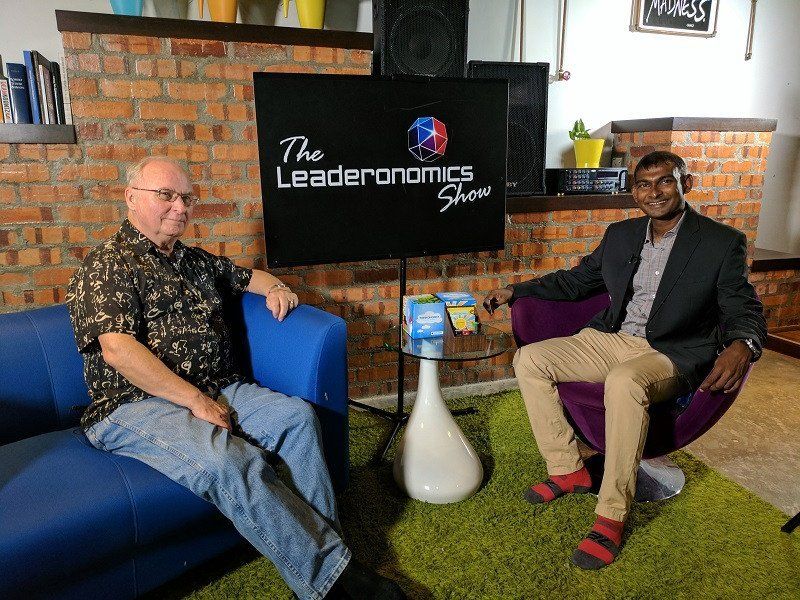Juggling Generations In Management

Understanding how different generations operate can create a collaborative work culture
If there weren’t already enough challenges facing business leaders today, they have the bonus of cultivating strategic means to lead a workforce comprising of four distinct generations equipped with their respective strengths and unique challenges.
It doesn’t help that stereotypes abound for each of these generations. We have the Baby Boomers (born between 1946 and 1964) who forever complain about the laziness of younger generations despite the latter having had an easier time of it in terms of financial stability and job security.
Then there’s the Gen Xers (early 1960s to late 70s) who suffer from middle child syndrome, complete with a cynical mind-set, and self-centred to boot. The millennials (early 1980s-late 90s) are a special breed, so desperate to “make an impact” while, ironically, posting photos on Instagram about “living in the moment” and sharing the newly-discovered Marilyn Monroe quote that says so much about who they are.
The latest crop – Gen Z (born after 2000) – are all about instant gratification. They have never known the pain of the dial-up Internet connection, or having to sign-off when their parents were waiting on an important phone call. They come with the attention span of a stunned mosquito.
It doesn’t help that these kinds of stereotypes are consistently reinforced by media, despite the fact that there’s no evidence to suggest that 20-year-olds who lived 40 years ago were so much different to 20-year-olds today.
Despite some differences in environment, technology, circumstance and upbringing, each generation has experienced relatively similar doubts and challenges. Today’s dating apps might make the initial matchmaking process easier, but young folks will still have to navigate those tremendously awkward first face-to-face conversations.
When it comes to leading an intergenerational workforce, managers should not only take the time to understand the general traits and expectations typical of each group, but also recognise the opportunity for valuable collaborations. For example, having such a diverse workforce offers the perfect chance to explore reverse mentoring, where younger people can guide older colleagues and vice-versa.
Too often it seems, businesses are obsessed with catering to the needs of employees by offering external incentives, but these amount to little more than superficial considerations.
Some millennials prefer to sit in chairs rather than giant bean bags, and there’s nothing to say that Baby Boomers aren’t comfortable with standing desks and won’t enjoy the occasional foosball game.
Juggling generations effectively in management means going beyond the stereotypes. Any good leader will work to get a sense of the kind of culture their employees would like to cultivate, and it’s essential to look past the cohort groups wherever possible: just as it’s absurd to generalise according to race or gender, people born within a particular time period won’t necessarily conform to the points you read in that Business Insider article.
This might interest you: How A Simple Gesture Can Make All The Difference To How People Perform

With that in mind, here are a few things to consider when leading a broad church of inter-generational employees:
Don’t focus on people’s differences
Unless such a focus is used to drive progress (e.g. through reverse mentoring), it can often lead to division or unwanted attention being placed on others. Leaders are supposed to bring people together, not create rifts.
It doesn’t matter that the star employee who came up with the innovative IT solution is wheelchair-bound. The focus, rather, is placed on the fact that they’re a committed, innovative employee. Look at the value people create for your organisation, and the contributions they make. This will send a clear message that a person’s worth is never measured by what or who they are, but by what they bring to the table.
Know your employees
In sales, one of the key mantras for successful salespeople is, “Know your product inside-out.” Similarly, it’s sensible to think that leaders should want to know what makes their employees tick if they hope to get the very best out of their performance.
Conducting regular feedback sessions, putting out annual engagement surveys, and holding group and individual discussions are just a few of the ways leaders can get to know their people. What are their expectations? What is the preferred communication style? How can the organisation improve its processes to make overcoming challenges a little easier? Engagement keeps a leader’s finger on the pulse.
Consider people’s needs
Knowing the challenges and commitments of team members plays a crucial part in managing and motivating the team, as well as knowing how to divide work assignments and approach relevant administrative tasks, such as leave or flexible working hours.
Younger employees may have fewer commitments at home and may be eager to explore opportunities and experiences. Millennials might have family and other financial commitments and could prefer focusing on flexibility and career advancement.
Baby boomers might be less enthusiastic about further training than they are about having an interesting and productive role. Knowing where people are in their lives can help to maximise their potential while allowing them the flexibility needed to tend to their needs.
To connect with Sandy Clarke, follow him on Twitter @RealSClarke.
Leadership
Tags: Be A Leader






